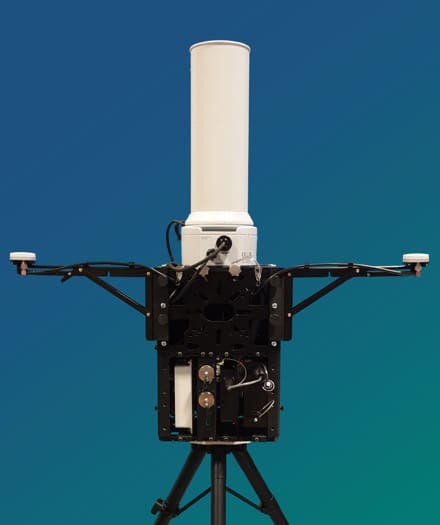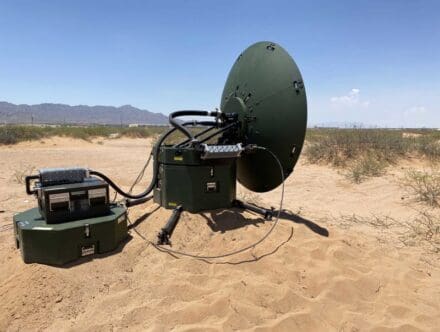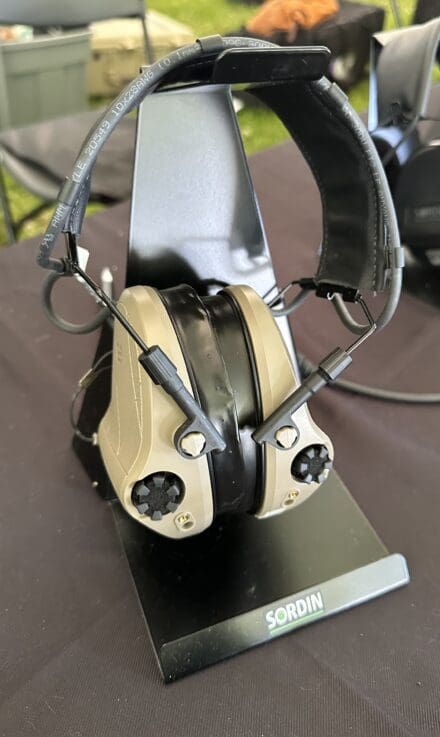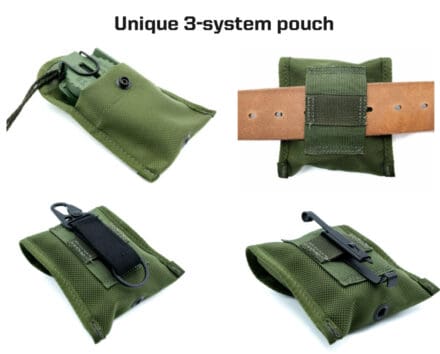Spectra Group, a specialist provider of secure voice, data and satellite communications systems, is unveiling its new Troposcatter on the Move (TOTM) capability at Indo Defence and will be showcasing this and their other strategic communication capabilities in Booth D167f at Jakarta International Expo, June 11-14th 2025.

Asia Pacific nations face unique challenges in achieving seamless connectivity across vast island chains and coastal territories. TOTM, engineered with Spectra’s signature expertise in advanced troposcatter technology, delivers robust, secure, high-bandwidth data communications between ship-to-shore and ship-to-ship — even while on the move. Unlike satellite-based systems, TOTM operates independently of GPS and offers a critical advantage in contested or denied environments marking a significant leap forward in mobile, high-bandwidth data communications for the Asia Pacific region’s maritime and archipelagic requirements. Spectra Group has been working in partnership with Comtech and BATS Wireless antennas throughout 2024 to develop the TOTM concept, for which, as the systems integrator Spectra Group has full distribution rights. Comtech and Spectra Group recognised the need for increased manoeuvre and large network data on the move, and so, working together with BATS wireless proved the concept of TOTM. Subsequently, Spectra Group working in partnership with BATS Wireless has produced a fully integrated TOTM solution that combines Comtech’s COMET troposcatter with BATS Electronically Steered Antennas (ESAs) into a single fully integrated terminal to deliver an industry first capability.
Extensive sea trials successfully tested and validated TOTM scenarios by simulating island hopping in the Florida Keys, Florida Panhandle and off the coast of California. The tests involved ship to shore and ship to ship scenarios proving the concept of TOTM by demonstrating systems tracking and communicating with other nodes while on the move using GPS, but also showcasing the potential for advanced mobile connectivity in challenging environments without reliance on GPS.
TOTM enhances the utility and operational effectiveness of COMET in a littoral manoeuvre context, especially in contested, GPS or satellite denied environments. Its mobility and capacity delivers band-widths of up to 210 Mbps and ranges in excess of 100 Km to support a wide range of mobile applications such as Ship to Ship or Ship to Shore communications, Beyond Line of Sight strategic communications or Wide Area Networks, secure data links for autonomous sensors, control of remote vessels, Intelligence Surveillance and Reconnaissance (ISR) and any other application that requires big data delivered to the front line. The TOTM solution can also be utilized with land vehicles for efficient “at the pause” applications, enabling users to quickly establish Troposcatter communications without having to set up and align antennas, allowing rapid data transmission from positions of opportunity. Simon Davies, CEO of Spectra Group said: “TOTM’s launch in Asia Pacific couldn’t be more timely, with increasing demands for rapid, resilient connectivity across archipelagic states, TOTM provides a decisive edge in high-mobility scenarios. TOTM is about ensuring command and control even in the most challenging maritime environments.”




























































































































